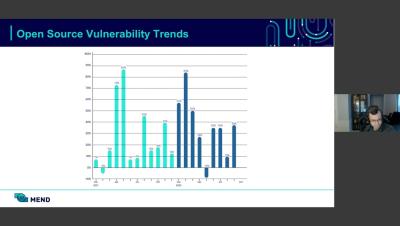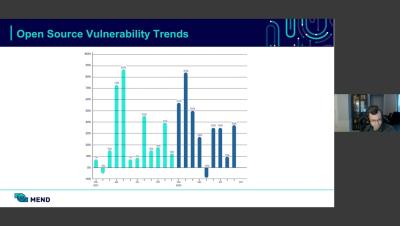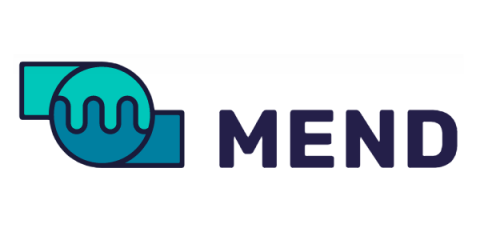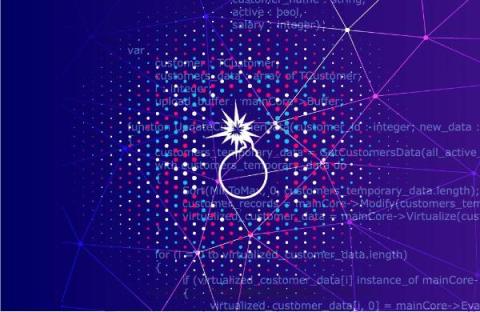Security | Threat Detection | Cyberattacks | DevSecOps | Compliance
Mend
The CISO's Guide to AppSec Innovation
Securing the Software Supply Chain: Key Findings From the Mend Open Source Risk Report
Communicating the Value of Your Company With SBOMs
A Software Bill of Materials (SBOM) is a detailed, machine-readable, nested list of all of the third-party components and their dependencies that compose a modern software product. SBOMs have particular importance in the health, finance, critical infrastructure, and military sectors, and in mergers and acquisitions, but all industries and applications can benefit from them. SBOMs have been around for over a decade but they’ve gained serious traction in the wake of the SolarWinds breach.
Software Supply Chain Security: The Basics and Four Critical Best Practices
Modern enterprise software is typically composed of some custom code and an increasing amount of third-party components, both closed and open source. These third-party components themselves very often get some of their functionality from other third-party components. The totality of all of the vendors and repositories from which these components (and their dependencies) come make up a large part of the software supply chain.
How Software Supply Chain Security Regulation Will Develop, and What Will It Look Like?
The escalation of international legislative interest in regulating the software supply chain has led to an increasing likelihood that tools such as software bills of materials (SBOMs) and AppSec solutions will become essential for companies doing business in the public sector or in highly regulated industries. However, the process of building and enforcing effective regulations presents challenges as well.
Why Legal Regulation Shifts Responsibility for Software Supply Chain Security to Vendors
In the face of increasingly impactful malicious attacks, governments of leading economies have turned their attention to the software supply chain security. Regulations like the EU’s Digital Operational Resilience Act (DORA) for financial institutions and the Cyber Resilience Act (CRA) for software and hardware providers Australia’s 2023-2030 cybersecurity strategy, and the U.S.
Are You Protected from the 12 Most Exploited Vulnerabilities?
One of the most vital things to get right in application security is dependency management, and to achieve this, your suite of AppSec tools must be up to date. This means that your vulnerability scanning, detection, and remediation capabilities must be able to identify and address the newest and most exploited vulnerabilities. Do you know what these vulnerabilities are? Have you got them covered? With the help of some of the world’s leading cybersecurity authorities, you can be.
Tips and Tools for Open Source Compliance
You don’t need us to tell you that open source software is becoming a very significant percentage of commercial software codebases. Open source components are free, stable, and enable you to focus your resources on the innovative and differentiated aspects of your work. But as the use of open source components increases, compliance with open source licenses has become a complex project of growing importance. So how can you stay on top of compliance and what tools are out there to help?
Eight Considerations for Thwarting Malicious Packages
We’re currently seeing a concerted effort from malicious actors to attack the supply chain through intentionally malicious packages. Our recent research shows a 315 percent rise in the publication of malicious packages to open source registries such as npm and RubyGems between 2021 and the end of Q3, 2022; about 85 percent of those packages stole credentials. This trend requires an urgent shift from detection to prevention.











